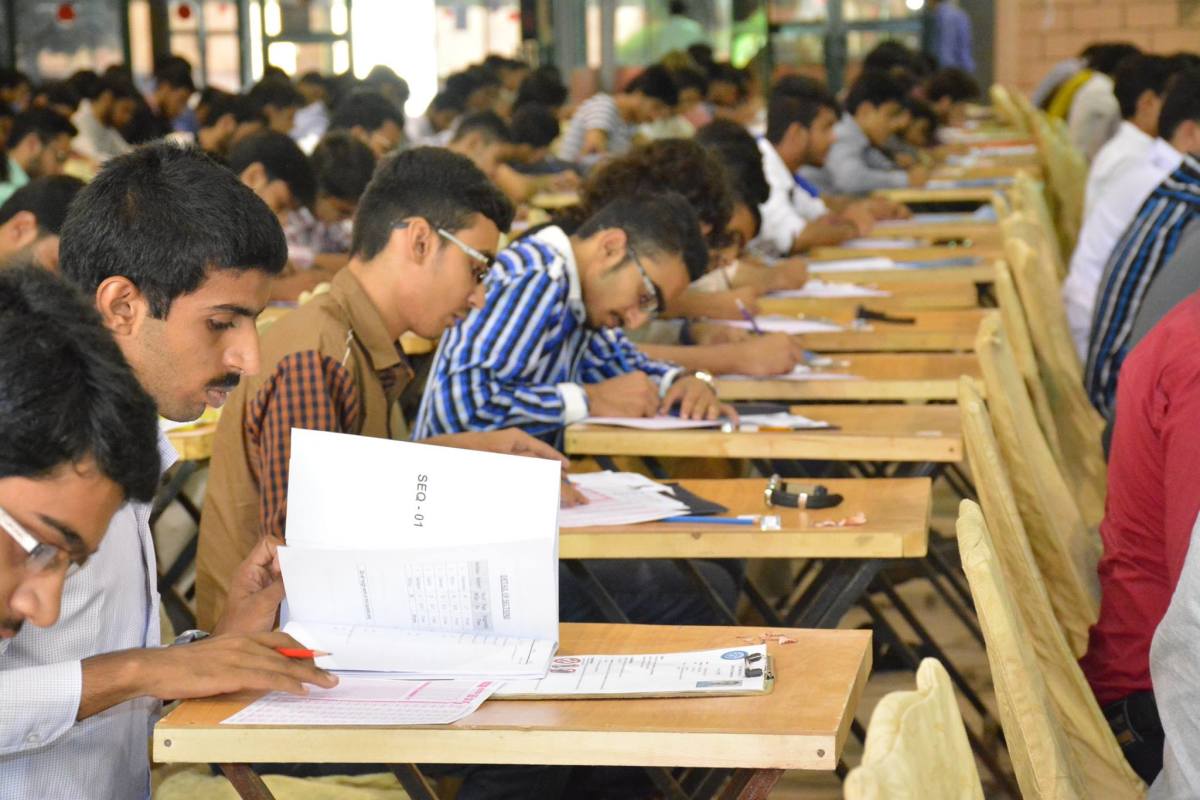Write Scientific Papers accepted by journals and cited by peers
So, you want to write a research paper for... someone to cite your research paper :)
Just kidding. If you write your paper properly with interest building techniques, which are rather different than the techniques used in writing hubs or other popular internet articles, your paper will be cited more, your h-index will increase and you get that tenure more quickly or be satisfied with your accomplishments.
Here are some tips on writing a good, acceptable article:
Title and Abstract/summary
- The summary should be complete; statements such as ‘will be discussed’ or ‘are presented’ are not appropriate. Citations and abbreviations should be avoided.
- The title and the abstract should cover the content of the paper.
- The summary needs to convey the purpose/objectives of the study, the materials and methods used, and the results and conclusions in a succinct manner.
Relevance and information content
- The paper should give the feeling that the work is relevant to current and/or future practices of the specific field.
- The text should give the feeling that the work is significant and makes an important contribution to the field of investigation.
- The paper should provide valuable new information that extends previously published results. This is why Introduction is important. It first gives a general background to the reader, then narrows down to a specific background related to the subject, and finally explains the objectives that increased scientific knowledge. Contributions to the specific field, and why the study is original/new should be clearly explained because a lot of journals ask their evaluators to look at that point. The study can be very original but the evaluator will be more likely to accept the paper only if the arguments on originality are made and they are convincing.
Soundness and experimental methods
- Description of the material and methods should be sufficiently clear and complete, or documented by references so that the work can be repeated by anyone who reads it.
The measurements and their suitability should be given to convince the reader/evaluator that they are sutiable for the specific study. - The controls ought to be adequate and reliable. And the amount of replication should be adequate. The number of replications and observations usually depends on the specific field, so you should probably take notice of these numbers while you are doing your literature review. This means you should have investigated this before you started your research.
- Calculations and formulas should be solid with no errors. A lot of times, authors may not realize their formulas are wrong until they are corrected by an evaluator. It is important to double check your formulas after a week of a "resting" period. This helps you approach your paper as if it is someone else's.
- The study should be soundly designed and interpreted.
- If the study is complex, a statistician may be consulted.
- It is important to know if the work reported is reasonably ‘complete’. If it is a preliminary or a single experiment requiring further investigation, you may want to delay writing your paper, or submit what you wrote to a low impact journals.
Interpretation and conclusions
- The interpretation should be adequate and should be supported by the data.
- There should be no important omissions or loose generalizations. New authors may try to leave out information they think may cause them trouble. An experienced evaluator may pick up on that and reject your paper. It is better to correct experimental design mistakes at the beginning of your research, by asking for opinion of your peers. If you are a student, be sure to verify your professors methods using literature. If you are a faculty member, be sure to verify the main methods using at least two papers from literature because one may be in error.
- Hidden or neglected variations may cause you trouble. Confounded variables and excessive interpretation of scarce data or non significant data must be avoided.
If there is speculation about the results they should be clearly distinguished from fact and must be appropriate. - The conclusions and/or recommendations must be justified.
Presentation and style
- The material should be presented in a concise, logical manner that can be easily understood.
- If you have something to say, say it. Otherwise, do not strech the text unneccesarily. Remove redundanct text or repetition. If they are too long, some sections should be condensed and areas should be improved to make sure more people understand what you are saying.
- All the tables and figures must be cited in the text.
- Any duplication between text, Figures and Tables should preferrably be removed. This means that you should not repeat what you have in a table in the text.
- The captions for the tables and figures should accurately reflect their contents.
- The abbreviations, formules, units, and nomenclature must conform with international conventions. Use the metric system.
- The quality of line drawings and/or photographs should be adequate. If necessary, include the original image files in your submission and let the graphic designers of the journal take care of the art.
Citations and references
- All the references to other work should be justified. Too little literature is almost the same thing as too much literature.
- Be sure not to omit reference(s) to any significant work. Evaluators that read your paper may be offended that you did not mention their study :)





